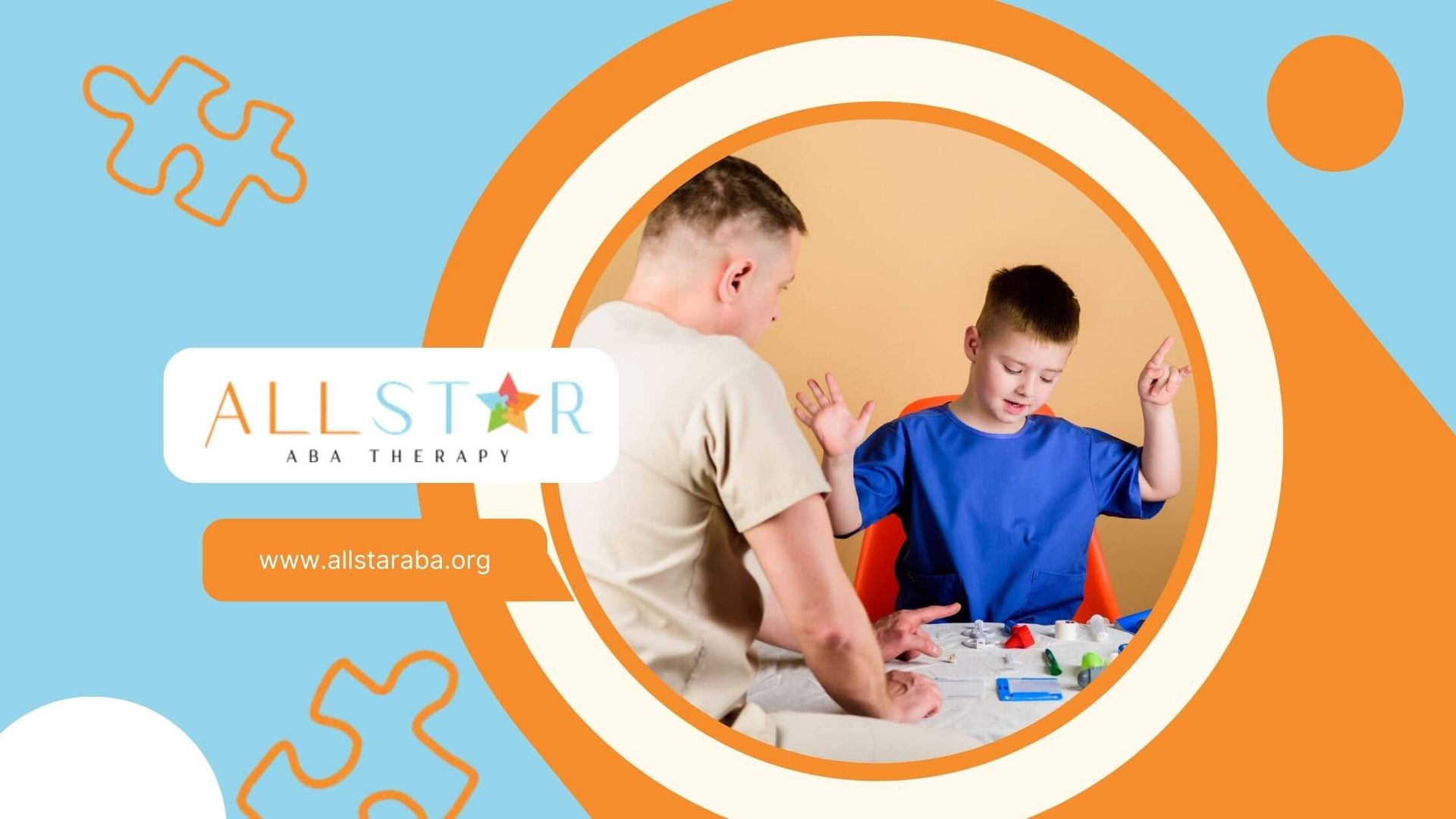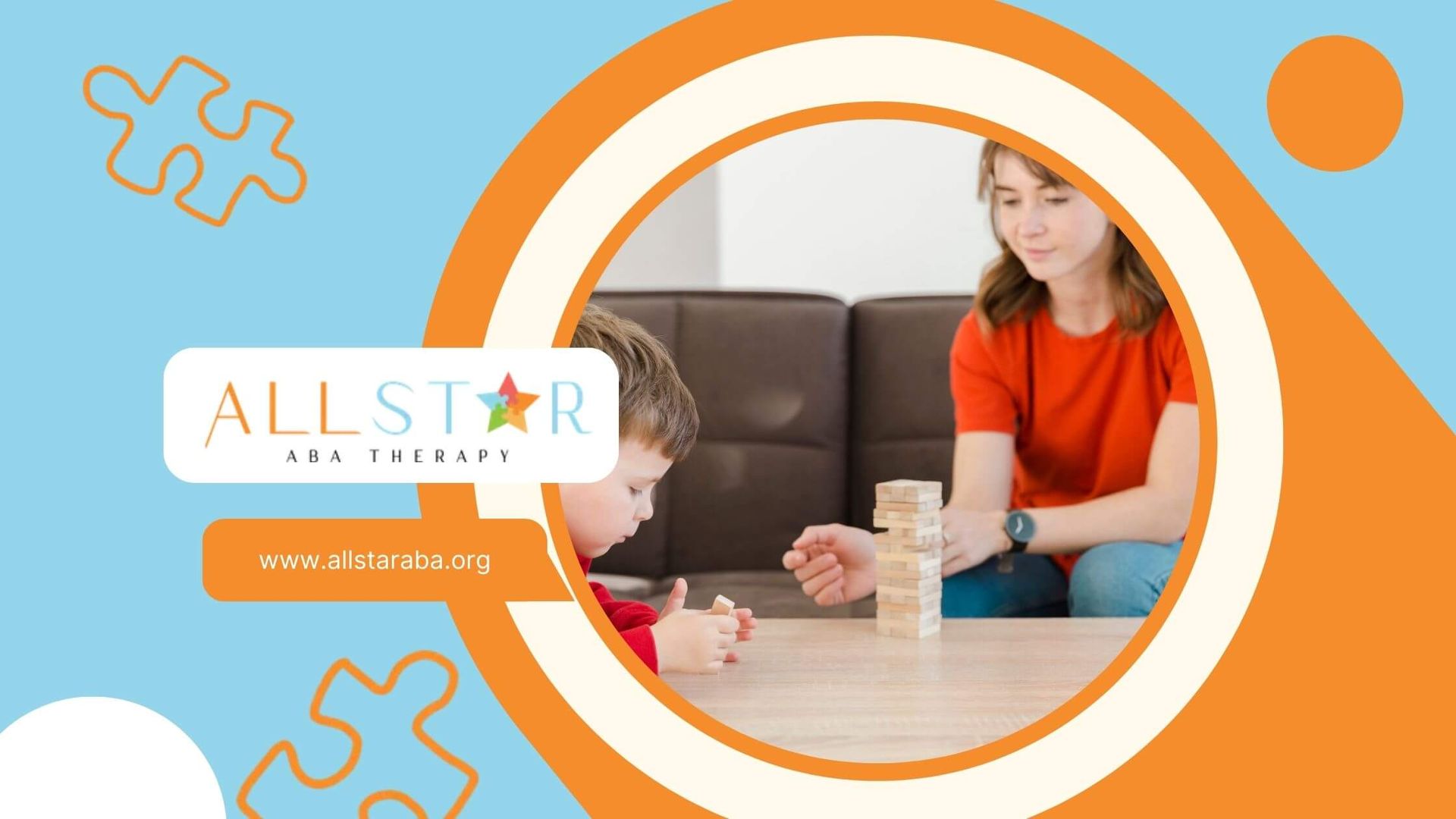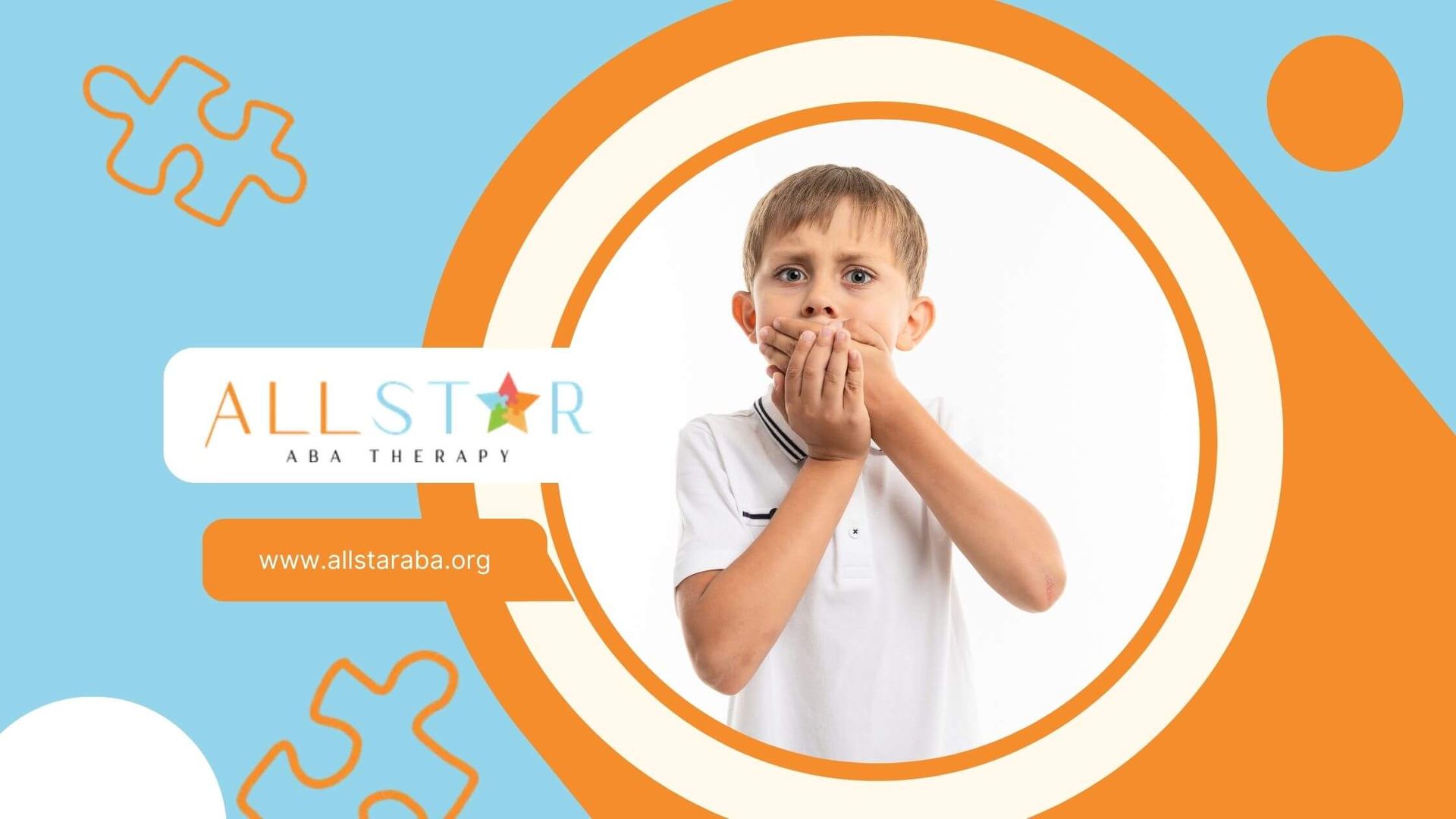New Paragraph
From Challenges to Triumphs: Unveiling the Benefits of ABA Therapy for Autism
Understanding Autism Spectrum Disorder
Autism Spectrum Disorder (ASD) is a complex developmental condition that involves persistent challenges in social interaction, speech and nonverbal communication, and restricted/repetitive behaviors. The effects of ASD and the severity of symptoms are different in each person.
Defining Autism
Autism Spectrum Disorder encompasses a range of conditions that are characterized by some degree of impaired social behavior, communication, and language, as well as a narrow range of interests and activities that are both unique to the individual and carried out repetitively. ASD is a "spectrum" condition that affects individuals differently and to varying degrees. For a more detailed understanding of the condition, readers can explore What is autism? which offers comprehensive insights into the characteristics and symptoms of autism in children.
Prevalence and Demographics
According to the National Center for Biotechnology Information (NCBI), ASD affects about 2.5% of children between the ages of 3 and 17 years in the United States. The condition is more prevalent in boys, with a ratio of 4:1 compared to girls. Early detection and
early intervention for autism can significantly improve outcomes for individuals with ASD.
| Demographic | Prevalence |
|---|---|
| Children (3-17 years) | 2.50% |
| Gender Ratio (Boys:Girls) | 4:1 |
Understanding the prevalence and demographics of ASD can empower families and professionals with the knowledge they need to seek the appropriate support and interventions, such as ABA therapy for autism, a scientifically validated approach to helping individuals with ASD improve their social, communication, and learning skills.
Introduction to ABA Therapy
ABA Therapy, short for Applied Behavior Analysis, represents a cornerstone in the support and treatment of Autism Spectrum Disorder (ASD). A thorough understanding of ABA provides a foundation for appreciating the therapy's impact and how it can be integrated into the lives of those affected by autism.
The Basics of ABA
Applied Behavior Analysis (ABA) is a therapy based on the science of learning and behavior. It helps to understand how behavior works, how it is affected by the environment, and how learning takes place. ABA therapy applies our understanding of how behavior works to real situations. The goal is to increase behaviors that are helpful and decrease behaviors that are harmful or affect learning.
The therapy involves many techniques for understanding and changing behavior. ABA is a flexible treatment:
- Can be adapted to meet the needs of each unique person
- Provided in many different locations – at home, at school, and in the community
- Teaches skills that are useful in everyday life
- Can involve one-to-one teaching or group instruction
Several key components define ABA therapy:
- Discrete Trial Training (DTT): Skills are broken down into their simplest components and taught one by one through a system of rewards and consequences.
- Early Intensive Behavioral Intervention (EIBI): Aimed specifically at young children with autism, this method uses ABA techniques in a structured way to encourage positive behavior.
- Pivotal Response Training (PRT): Focuses on pivotal areas of a child's development, such as motivation and the initiation of communication with others.
- Verbal Behavior Intervention (VBI): Teaches verbal skills through understanding the reasons why we use words, to ask for things, to get attention, or to communicate ideas.
ABA therapy is a data-driven approach, where therapists use direct observation and measurement of behavior to make clinical decisions. Regular assessments are conducted to ensure that the interventions are yielding the desired outcomes.
Effectiveness of ABA Techniques
The effectiveness of ABA therapy for individuals with autism is well-documented. ABA methods have been scientifically validated and are widely recognized as an effective treatment for autism. The techniques can lead to improvements in communication, social relationships, play, self-care, school, and employment.
Empirical evidence suggests that ABA therapy can significantly improve behaviors and skills in children with autism and can lead to substantial, lasting improvements in the lives of individuals with ASD. The following table outlines some of the areas impacted by ABA:
| Skill Area | Impact of ABA Therapy |
|---|---|
| Communication | Significant improvements |
| Social Skills | Enhanced ability to interact |
| Daily Living Skills | Greater independence |
For parents and families who are exploring therapy options, understanding the basics and recognizing the effectiveness of ABA techniques is essential. For more information on autism and how it's diagnosed, visit What is autism?. It's also helpful to learn about the various characteristics of autism and to recognize autism symptoms in children for early identification and intervention. As research continues to back the benefits of ABA, many advocates for early intervention for autism, which has been linked to improved long-term outcomes.
ABA Therapy in Baltimore
Baltimore offers a variety of resources for individuals with Autism Spectrum Disorder (ASD), including access to Applied Behavior Analysis (ABA) therapy, a recognized and highly effective treatment. This section explores the services and community support available in the Baltimore area that cater to the needs of those with ASD.
Local ABA Services
ABA therapy in Baltimore is readily available, with numerous clinics and private practices providing personalized treatment plans. These services are known for their data-driven and evidence-based approaches, aiming to improve social, communication, and learning skills through positive reinforcement and structured interventions.
Local ABA providers offer therapy in diverse settings to accommodate the preferences and requirements of individuals with autism. Services can be received in-home, at dedicated ABA centers, or even within school environments, ensuring flexible and convenient options for families. ABA therapy sessions in Baltimore are conducted by certified behavior analysts or therapists who are trained to engage with individuals with ASD, helping them to achieve their full potential.
For more detailed insights into how ABA therapy is structured, the principles it follows, and its effectiveness, individuals can learn about What is autism? and early intervention for autism.
Community Support for Autism
The Baltimore community offers robust support for individuals with autism and their families. Various organizations and support groups are active in the city, providing a network of assistance, education, and advocacy. These groups aim to connect families with one another, fostering a sense of solidarity and shared experience.
Community support in Baltimore extends beyond emotional and social assistance. Many local organizations also provide resources and guidance on navigating the healthcare system, educational planning, and accessing autism symptoms in children services. Workshops, seminars, and events are regularly held to educate the community about characteristics of autism and how to support individuals with ASD in various aspects of life.
The combined efforts of ABA services and community support in Baltimore play a crucial role in enhancing the lives of individuals with ASD. By providing the means for effective treatment and a supportive network, Baltimore is paving the way for individuals with autism to reach triumphs over the challenges they face.
Tailoring ABA for Individual Needs
Applied Behavior Analysis (ABA) therapy is a highly individualized treatment approach designed to meet the unique challenges and strengths of each person with Autism Spectrum Disorder (ASD). The cornerstone of ABA therapy for autism is its adaptability to each individual's requirements, which can lead to significant improvements in behavior, communication, and overall functioning.
Personalized Therapy Plans
Every individual with autism is distinct, with a unique set of skills, preferences, and learning styles. Consequently, ABA therapy begins with a thorough assessment to identify specific goals tailored to the individual's needs. Therapy plans often focus on areas such as communication, social skills, and daily living skills, which are crucial for enhancing the quality of life for those with ASD.
Personalized therapy plans may incorporate different ABA techniques, such as:
- Pivotal Response Training (PRT): Targets crucial developmental areas that have a wide impact on the individual's ability to learn new skills.
- Direct Instruction: Provides structured lessons to teach academic and functional skills.
By using these techniques, ABA therapists aim to prepare individuals with autism for diverse social settings, school, and daily challenges.
| ABA Technique | Target Area | Outcome |
|---|---|---|
| Pivotal Response Training | Communication, Social Skills | Improved learning ability |
| Direct Instruction | Academic Skills, Functional Skills | Enhanced school and daily performance |
Family Involvement in ABA
Family involvement is integral to the success of ABA therapy. Parents and family members are not only active participants in therapy sessions but also receive training to continue intervention strategies at home. This family-focused approach helps parents better understand and support their child's needs, extending the benefits of therapy beyond clinical settings.
The collaborative relationship between ABA therapists and families involves:
- Education: Teaching family members about
What is autism? and
characteristics of autism.
- Skill-building: Providing parents with tools to support their child's development, such as strategies to reduce behavioral issues and enhance communication.
- Support: Offering emotional support and resources, including connections to local support groups and assistance with navigating educational systems.
In Baltimore and beyond, the goal of involving families in ABA therapy is to create a consistent and supportive environment that encourages positive behaviors and learning opportunities for individuals with autism. By combining professional guidance with family support, ABA therapy can be optimized for the best possible outcomes, including in areas such as autism symptoms in children and early intervention for autism.
Benefits of Early ABA Intervention
Applied Behavior Analysis (ABA) therapy for autism has been widely regarded as a highly effective treatment, especially when introduced during the early stages of a child's development. The long-term outcomes and the importance of starting ABA early are highlighted in this section.
Long-term Outcomes
Research suggests that ABA therapy is most effective when started early, with early intervention associated with significantly better long-term outcomes for individuals with autism. A substantial body of research supports ABA's effectiveness in helping children with autism to develop essential social skills, foster friendships, gain independence, and surmount challenges. These advancements can be life-changing, not only for the children themselves but also for their families.
For instance, a comprehensive report from 2007 demonstrated that children receiving early and intensive behavior treatment, such as ABA therapy, made more sustained progress in cognition, academics, adaptive behaviors, social behaviors, and language skills compared to children in control groups. Here is a summary of the report's findings:
| Outcome Area | Improvement in Children Receiving ABA Therapy | Improvement in Control Group |
|---|---|---|
| Cognition | Significant | Minimal |
| Academics | Significant | Minimal |
| Adaptive Behaviors | Significant | Minimal |
| Social Behaviors | Significant | Minimal |
| Language Skills | Significant | Minimal |
Starting ABA Early
The timing of intervention is crucial, as younger children's brains exhibit a higher level of plasticity, making them more amenable to positive behavioral modifications. ABA therapy has proven to be more effective than other interventions or treatments, particularly when initiated at a young age. Children who receive high-quality, intensive, evidence-based interventions early enough can make significant strides, sometimes acquiring sufficient skills to join mainstream classrooms.
Parents and family members seeking to understand more about autism and the importance of early intervention can find valuable information in articles discussing What is autism?, characteristics of autism, and autism symptoms in children. Additionally, resources on early intervention for autism provide guidance on how to commence ABA therapy and other support mechanisms at the earliest, which is key to harnessing the full benefits of the therapy.
In summary, early ABA intervention is a pivotal step towards ensuring that children with autism have the best possible opportunities for a bright future. By focusing on early, personalized, and intensive behavioral treatment, long-term outcomes can be significantly improved, leading to greater independence and social integration for individuals with autism.
Addressing Ethical Concerns
Applied Behavior Analysis (ABA) therapy, while a commonly used intervention for individuals with Autism Spectrum Disorder (ASD), has faced significant ethical concerns regarding its approach and methodology. It is therefore essential to address these concerns directly and discuss how ethical practices can be implemented in ABA therapy.
Criticisms and Responses
ABA therapy has been criticized for being too focused on modifying and controlling behavior, rather than understanding and supporting the needs of the individual with autism. Critics argue that the behaviorist principles ABA is based on can overlook the emotional and psychological well-being of the individual.
Furthermore, the use of rewards and punishments to shape behavior in ABA therapy has been viewed as distressing and coercive, raising questions about the respect of autonomy and consent for individuals with autism. This has led to a dialogue within the ABA community about how to ensure that therapy respects the dignity and personhood of individuals with ASD.
In response, many ABA therapists and professionals are working towards integrating more person-centered approaches and are emphasizing the importance of tailoring therapy to the individual's needs, interests, and preferences. This includes incorporating goals that are meaningful to the individual and ensuring that therapy sessions are engaging and supportive.
Additionally, there is a growing recognition of the need to focus not only on reducing undesired behaviors but also on developing communication, social skills, and coping mechanisms. This has led to the integration of alternative therapies and interventions that prioritize the well-being and autonomy of autistic individuals, such as sensory integration therapy and supported communication.
Ethical Practice in ABA
Ethical practice in ABA therapy involves a commitment to the well-being of individuals with autism and respecting their rights. It requires constant reflection and adaptation by professionals to ensure that the therapy provided is beneficial and not harmful.
Key components of ethical practice in ABA include:
- Prioritizing the individual's voice and preferences.
- Minimizing any potential harm and distress during therapy sessions.
- Being transparent about the methods and goals of therapy with individuals and their families.
- Fostering a collaborative relationship with families, respecting their knowledge and experiences.
- Continuing education and training to stay informed about ethical concerns and best practices.
To further explore the characteristics and symptoms of autism, you can read about What is autism, characteristics of autism, and autism symptoms in children. For information on how early intervention can make a significant difference, please visit early intervention for autism.
Ensuring ethical practice in ABA therapy is an ongoing process that requires attention, dedication, and open communication between therapists, individuals with ASD, and their families. By addressing the concerns raised by critics and striving for an ethical approach, ABA therapy for autism can continue to evolve and contribute positively to the lives of those with ASD.
The Future of ABA Therapy
The field of Applied Behavior Analysis (ABA) is continually evolving, with ongoing research and advancements shaping the future of therapy for individuals with Autism Spectrum Disorder (ASD). As we look forward, the prospects for ABA therapy are promising, offering new insights and improved methods for supporting those with autism.
Ongoing Research
Ongoing research is crucial to the advancement of ABA therapy, with numerous studies underscoring its effectiveness. A comprehensive meta-analysis by the Maine Department of Health and Human Services and the Department of Education reviewed 150 studies and affirmed ABA therapy as an established evidence-based therapy for autism. Further studies highlight the significance of early and intensive behavioral treatment, demonstrating that children who receive ABA therapy exhibit improvements in cognition, academics, adaptive behaviors, social behaviors, and language.
Current research efforts are directed toward understanding how ABA therapy can be tailored to better serve diverse populations within the autism community, as well as how it can be integrated with other treatments and educational strategies. These studies aim to refine therapy techniques, ensuring they remain culturally sensitive and adaptable to the needs of individuals across the spectrum.
| Focus Area | Description |
|---|---|
| Cognitive Abilities | Enhancements in problem-solving and learning |
| Language | Improvements in communication skills |
| Adaptive Behavior | Better daily living skills |
| Social Skills | Increased social interaction |
| Aggression and Anxiety | Reduction in challenging behaviors |
Advancements in Treatment Methods
As ABA therapy continues to gain recognition for its efficacy, treatment methods are advancing to become more individualized and accessible. A key development in the field is the emphasis on personalized therapy plans that consider the unique needs and strengths of each person with autism. This tailored approach encourages family involvement, allowing for more cohesive and consistent support both during therapy sessions and in the home environment.
Technological advancements are also playing a significant role in shaping ABA therapy. Digital tools and software are being developed to aid in data collection, progress tracking, and the delivery of intervention strategies. These innovations facilitate more precise and efficient therapy, enabling therapists to adjust their approaches in real-time based on the individual's response.
Moreover, ABA practitioners are increasingly focusing on ethical practices, addressing past criticisms and ensuring that therapy is delivered with respect and dignity. With a commitment to ethical practice, the field of ABA is moving towards a more compassionate and person-centered future.
Looking ahead, the future of ABA therapy is one of optimism and potential. By staying informed about the latest research and embracing advancements in treatment methods, ABA professionals can continue to provide effective support for individuals with ASD. As research progresses and new techniques emerge, the goal remains steadfast: to improve the quality of life for those on the autism spectrum through evidence-based, respectful, and individualized care. For more information on autism and early intervention strategies, visit our pages on What is autism?, characteristics of autism, autism symptoms in children, and early intervention for autism.
SOURCES:
https://www.ncbi.nlm.nih.gov/pmc/articles/PMC8702444/
https://www.autismspeaks.org/blog/questions-and-answers-about-aba
https://www.crossrivertherapy.com/benefits-of-aba-therapy
https://www.ncbi.nlm.nih.gov/pmc/articles/PMC3196209/
https://autisticscienceperson.com/why-aba-therapy-is-harmful-to-autistic-people/
https://elemy.wpengine.com/aba-therapy/success-rates
Need Support?
We're Here to Help!
Our experienced team is ready to assist you. Reach out today to discuss how we can support your child's development and well-being.
Get started with expert ABA therapy today.








